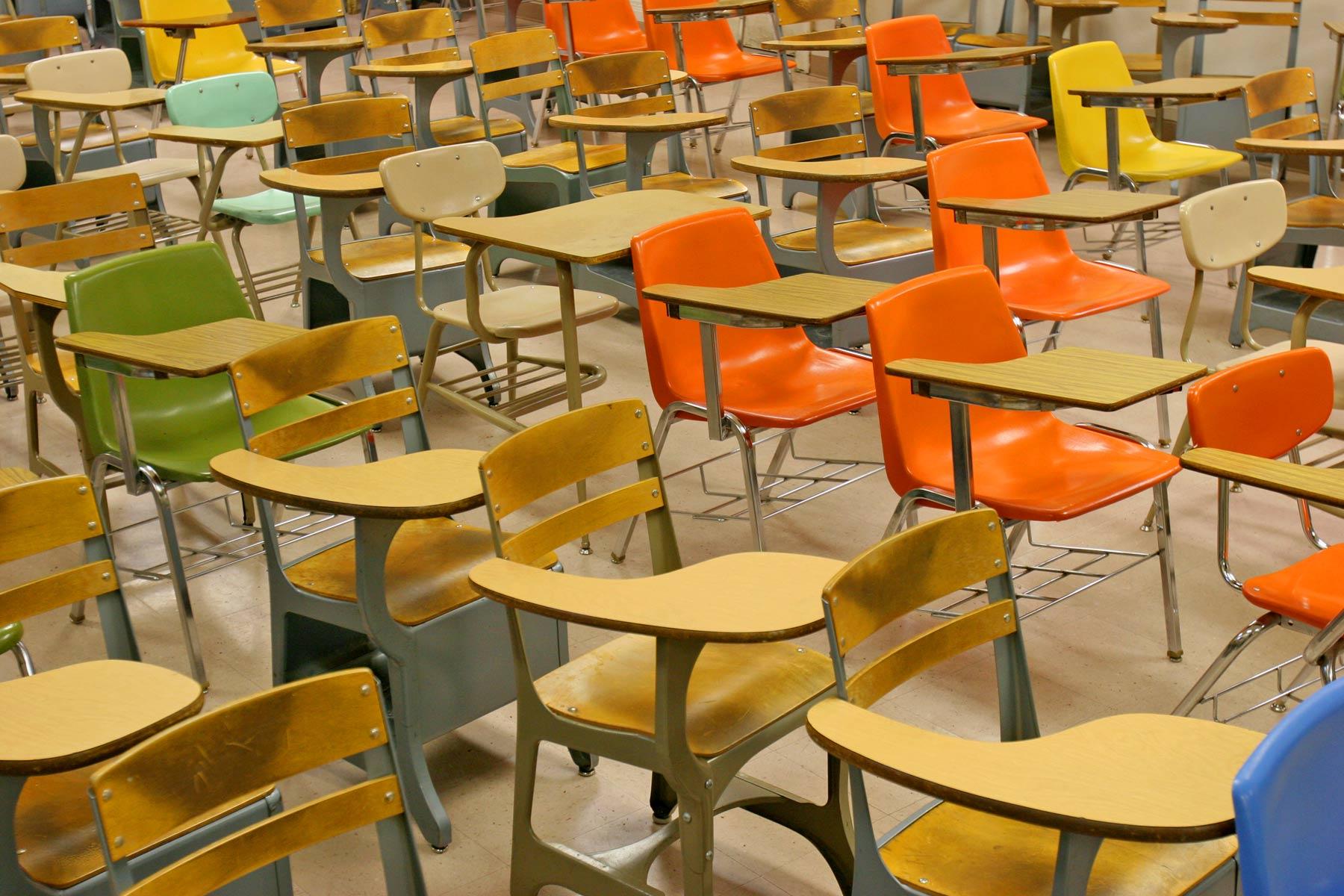
Station Rotation Model
with Ng Ee Noch
Introduction
The Station Rotation Model is an innovative teaching method that blends online learning with traditional face-to-face instruction. It revolves around students moving through various stations, each offering a different learning activity, to engage them actively in their education. This dynamic approach fosters collaboration, personalized learning, and deeper understanding of the subjects. You can read more about this model here (https://catlintucker.com/2021/10/station-rotation-model/)
Benefits of the Station Rotation Model:
- Personalized and Flexible Learning: Students can work at their own pace, receive individualized attention, and delve deeper into areas they find challenging or interesting. Stations can be designed to cater to diverse learning styles and preferences.
Differentiated Instruction: Students can access different modes of instruction, such as small group discussions, hands-on activities, virtual simulations, or online tutorials.
Technology Integration: Students have the opportunity to leverage technology to enhance their learning experience.
Self-directed learning: Students have access to various online and offline resources and digital tools that provide them with opportunities for independent exploration and learning.
Implementing Station Rotation
Primary 4 Maths - Add and Subtract Fractions
Students were split into 3 groups according to their readiness. They had 12 minutes to complete the activities at each station and they moved from one station to another as a group. These are the 3 stations:
- Chromebook Corner (Online Station) - In this station, students made use of this GeoGebra applet https://www.geogebra.org/m/BTCSvEDZ to visualise how to add and subtract fractions.
- Workbook Workout(Offline Station) - In this station, students completed the required pages in their workbook and checked their answers in SLS to practice adding and subtracting fractions.
- Teacher’s Table(Teacher-led Station) - In this station, I revised the concept and method of adding and subtracting fractions slowly for my Low Readiness students. The Middle and High Readiness students learned how to subtract a fraction from a whole number.
Reflection for this lesson:
- As this was the third time I did Station Rotation with my students, there was no confusion as to where to go and what to do at each station. The instruction sheet helped to minimize confusion.
- One of the greatest benefits of Station Rotation is that it allows for students to be independent and learn on their own using the various resources available. Students have the opportunity to be active learners learning in a blended environment. This is exactly what our students need to thrive in the future they are going to grow up in.
Workbook Workout
Instruction Sheet
Sequence
Primary 4 Math - Squares and Rectangles.
This time, every student went through each station independently in the same order to achieve the success criteria. They must demonstrate mastery of the current success criteria at the Teacher’s Table station before they can proceed to the next success criteria.
- Chromebook Corner (Online Station) - Students used videos and activities in SLS to learn the concept required to meet the success criteria.
- Workbook Workout (Offline Station) - Students used their Workbook to practice and gain mastery of the concept.
- Teacher’s Table (Teacher-led Station) - Students came to me to check their workbook and answered a few questions to show that they have met the success criteria.
To help students visualise mastery of the success criteria, students “charge up their learning” by “filling up” their own “battery”. They pasted 2 square stickers on their battery for each success criteria achieved. The goal is to “fully charge” their batteries.
The SLS lesson I used for can be found in Community Gallery. Click here to go to the lesson.
Reflection for this lesson:
Students were excited to charge up their batteries. This helped to motivate them to be on task and try their best to learn and achieve the success criteria.
There is a need to explicitly teach students what it means to be focused and self-directed while they are at each station. This is also important as I was not able to walk around to monitor the students at the other stations while I was at the teacher-led station.
Conclusion
There are just 2 ways to implement the Station Rotation model. I have colleagues in my school who have done the Station Rotation model in other ways as well. You can read more about how my other colleagues have done Station Rotation via this Padlet (https://padlet.com/toolsblgps/station-rotation-model-74bnqyydpw2x3yav).
Feel free to comment and share how you have done Station Rotation with your students either in the comments below or directly in the Padlet! I can’t wait to hear and learn from you!







